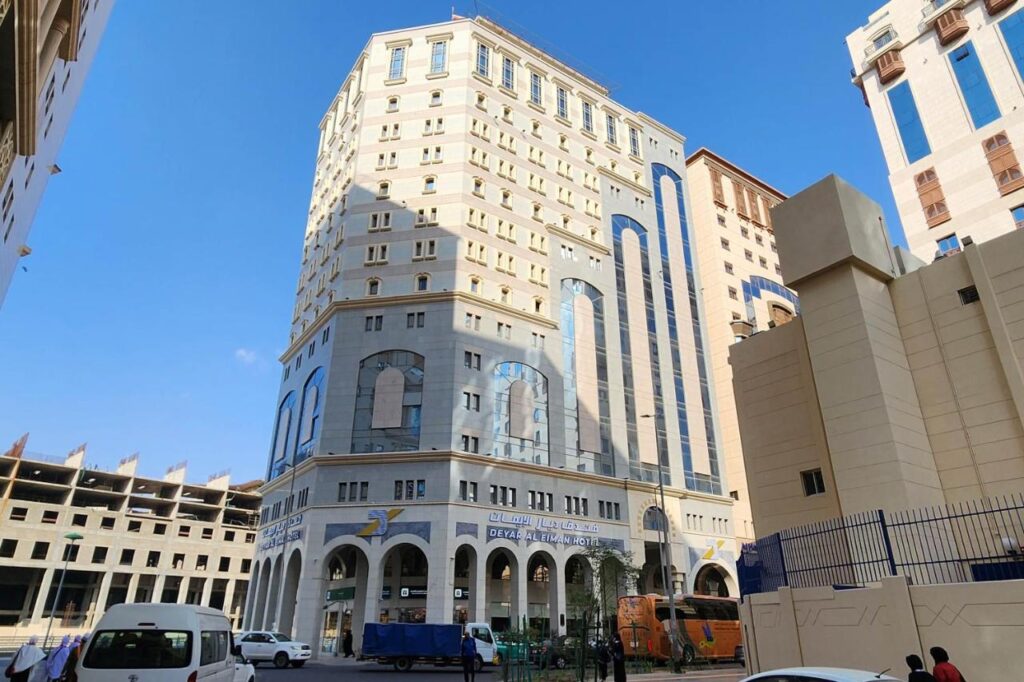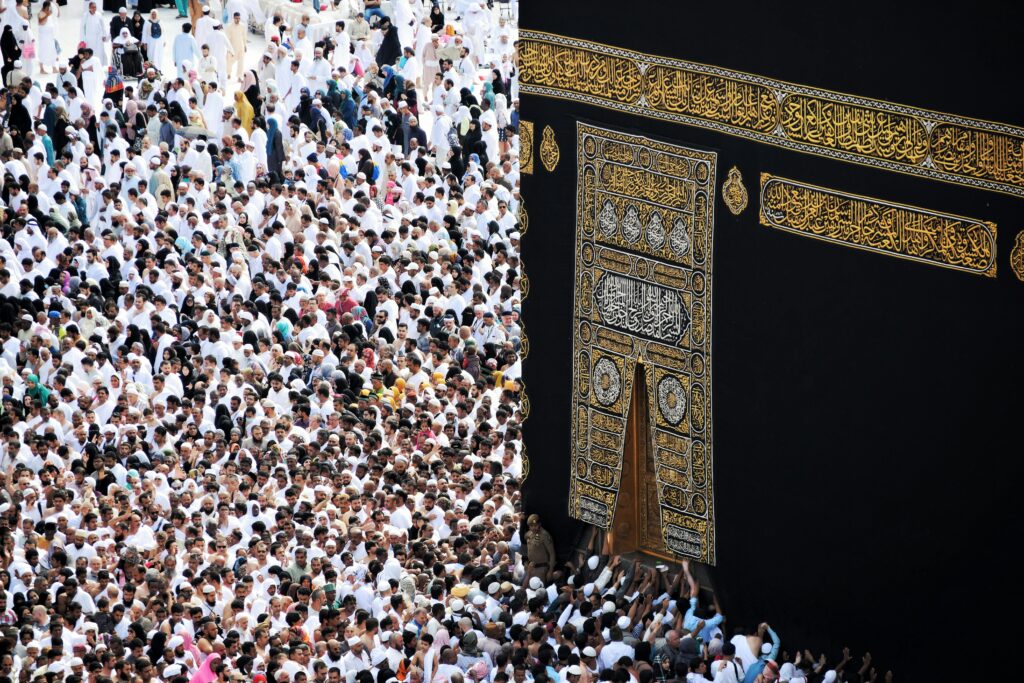Choosing the Best Hotel for Stay in Saudi Arabia
Introduction Saudi Arabia, a land of stunning landscapes, rich culture, and profound history, has become an increasingly popular destination for travelers worldwide. Whether you’re planning a pilgrimage, a business trip, or a leisure vacation, choosing the right hotel is crucial to ensuring a comfortable and memorable stay. From the luxurious resorts of Jeddah to the bustling business hubs of Riyadh, Saudi Arabia offers a diverse range of accommodations to suit every traveler’s needs. In this guide, we’ll explore how to choose the best hotel for your stay in Saudi Arabia, considering factors like location, budget, and amenities. Understanding the Regions of Saudi Arabia When planning your stay in Saudi Arabia, it’s essential to understand the unique characteristics of each region. This will help you choose a hotel that aligns with your travel goals and preferences. Western Region Jeddah and Makkah: The Western Region is home to some of the most famous cities in Saudi Arabia, including Jeddah and Makkah. Jeddah, known for its vibrant arts scene and historical sites, serves as a gateway for pilgrims heading to Makkah, the holiest city in Islam. Whether you’re visiting for religious purposes or exploring Jeddah’s beaches and shopping districts, you’ll find a variety of hotels catering to different needs. Central Region Riyadh: As the capital city, Riyadh is a bustling metropolis with a rich blend of traditional and modern attractions. Known as the business and cultural hub of Saudi Arabia, Riyadh offers luxurious hotels with world-class facilities for business travelers and tourists alike. Eastern Region Dammam and Al Khobar: This region, located along the Persian Gulf, is known for its stunning coastlines and thriving industrial sector. Dammam and Al Khobar offer hotels that cater to both business and leisure travelers, with a focus on comfort and convenience. Southern Region Abha and Najran: The Southern Region is renowned for its natural beauty and cultural heritage. With cooler temperatures and lush landscapes, cities like Abha and Najran are perfect for those seeking a relaxing getaway amidst nature. Hotels here often emphasize eco-friendly practices and traditional hospitality. Factors to Consider When Choosing a Hotel Selecting the right hotel involves considering various factors to ensure your stay is both comfortable and enjoyable. Purpose of Visit Location Location is a key consideration when selecting a hotel. Being close to the places you plan to visit can save time and transportation costs. Consider what attractions or areas you want to explore, such as the stunning Jeddah Corniche, the Riyadh’s Kingdom Centre Tower, or the tranquil mountains of Abha. Budget Your budget will play a significant role in determining the type of hotel you choose. Saudi Arabia offers accommodations ranging from opulent luxury resorts to budget-friendly hotels. Define your budget and search for hotels that offer the best value for your money without compromising on quality and comfort. Amenities Amenities can significantly enhance your stay. Common hotel amenities to consider include: Cultural Sensitivity Saudi Arabia is a country rich in culture and tradition. It’s important to choose a hotel that respects and embraces local customs. Many hotels offer insights into cultural practices, ensuring that guests have a respectful and enjoyable experience. Top Hotels in Saudi Arabia by Region Here’s a curated list of some of the best hotels across different regions in Saudi Arabia, categorized by luxury, mid-range, and budget options. Western Region Central Region Eastern Region
Choosing the Best Hotel for Stay in Saudi Arabia Read More »



